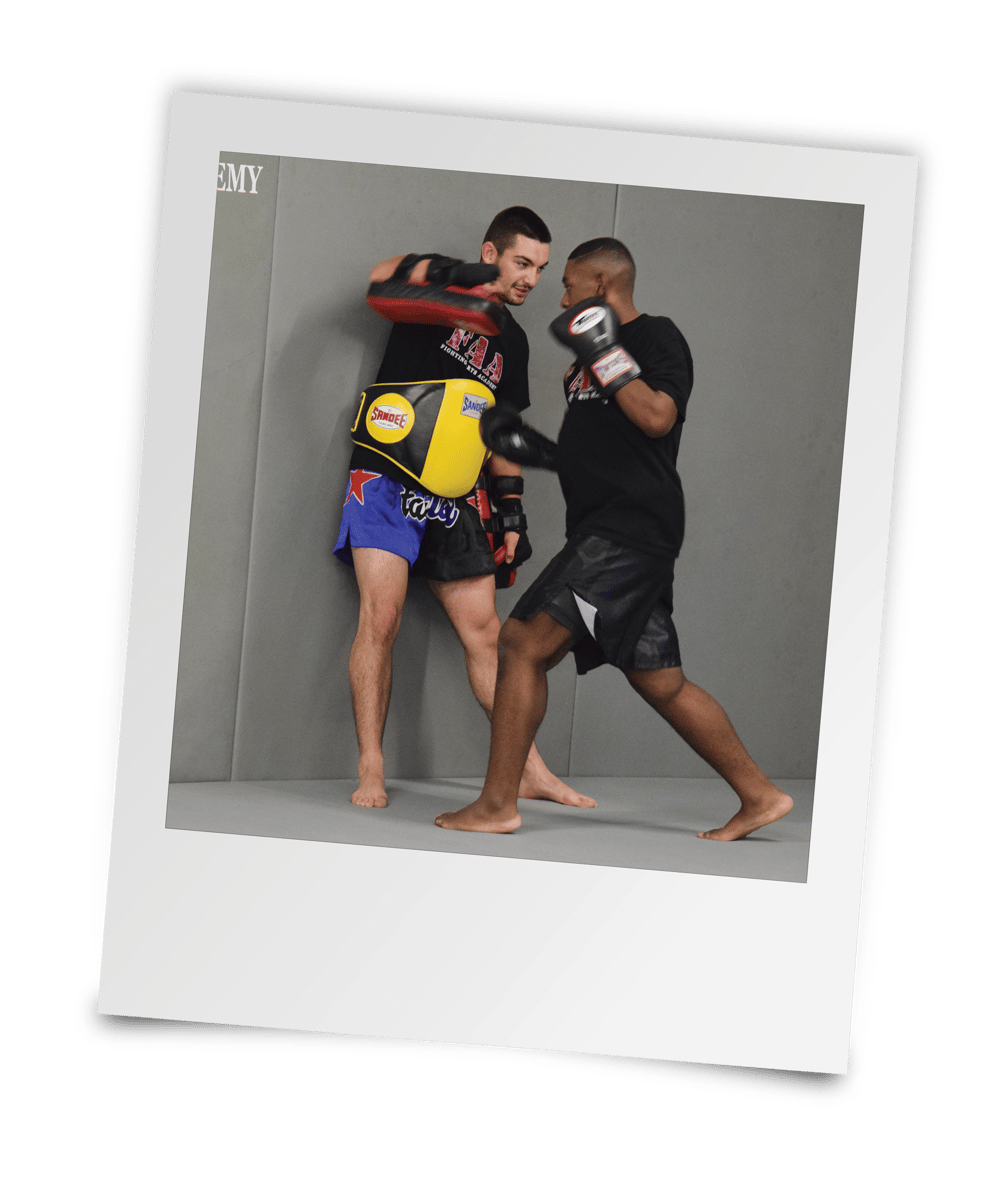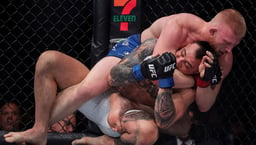
Issue 138
February 2016
Isaiah Longs’s incredible physical and mental transformation through MMA has inspired pro fighters to reach new heights
Isaiah Longs was always a big kid. By the time he was 12, he weighed more than 300lb. An emotional discussion with his doctor revealed that if he didn’t change his ways, he would likely weigh more than 600lb by his 18th birthday.
“At that moment, it was like a switch in my head,” he says. “I was like, ‘This is reality now, Isaiah. No more games.’” He had the determination and the ability to ignore the naysayers, overcome the obstacles in his path and strive towards his dream. But he needed a catalyst for change. That catalyst came in the form of an open house at the Fighting Arts Academy (FAA), in Springfield, Massachusetts, and a push from head coach Jeremy Libiszewski.
“So my sister signs me up for the first month. I come back on Tuesday, but don’t show up that next Wednesday or Saturday. Then, when I walk in the following Tuesday, Jeremy says, ‘Where you been, buddy?’ And I told him, ‘At home.’ “Then he says, “Ah, come on buddy, you gotta be here training.” That’s when I really felt welcomed and wanted.”
After that, Isaiah didn’t miss a single day. It wasn’t long before he was completely enthralled with martial arts. It was all he thought about. The weight loss was simply a by-product of his obsession. This concept is what really hit home with Nick Newell – former WSOF lightweight contender and longtime member of FAA.
Born with a congenital amputation of his left arm, Newell has dealt with his fair share of adversity in life. But he says he drew inspiration from Isaiah’s story when he faced hard times. “He completely changed his life,” Newell says. “For a 12-year-old to do something that major and have that much discipline to come to the gym every day, to eat right, and really make a change – that’s inspiring.
“I make excuses for things sometimes. I’m like ‘Oh, I can’t do that,’ and Jer’s very hard on me with stuff like that. But I’m human and I get discouraged sometimes. This kid’s just 12, yet he decides he wants to change his life, and just does it.”
Isaiah’s newfound confidence also left a lasting impression on Matt Bessette, who was diagnosed with leukemia as a child, but went on to fight professionally. “Isaiah is one of those (inspirational) people,” says the Bellator featherweight. “It was clear that he didn’t have an outlet to get in shape, let alone stay in shape. Now, looking at Isaiah, it’s astonishing. He’s always been the same good-hearted kid. Now he’s got a whole lot of confidence to boot… It gives me wings.”

It’s now been nearly three years since Isaiah joined FAA. In that time he’s lost more than 160lb. Diet and exercise have transformed the now 15-year-old’s body and martial arts transformed his mind. Together, they changed his life.
“I’ve noticed a lot more kids are open to talking to me,” he adds. “The reason kids were cautious before was because what I was going through wasn’t normal. That’s the reality of it. Most people try to avoid things that aren’t ‘normal,’ and I get that now.
“Many people ask how I did it, and I let them know there is no shortcut. You have to work hard and be dedicated. There are two things that most people in this generation are afraid of: the truth and hard work. If you can conquer both of those, everything else should follow.”
Isaiah discovered what is possible through hard work and dedication, and now he has an unwavering focus on distant goals. For most people, some goals may seem unattainable, but for Isaiah, nothing is off limits.
“There’s something I always say to myself, ‘Don’t follow your dreams. Chase them.’ Through my weight-loss process, I’ve thought about how badly I wanted to succeed; how so many go through what I had been through and how their lives have been affected negatively because of it. For me, it’s about making change in a positive way. I remind myself I have to give back to those that are walking in for the first time – those people who weren’t sure that they wanted to come but they did anyway.
“My ultimate goal is to be UFC champion. I know I will get there as long as everything else falls into place. I carry that mentality into training every time. I picture that UFC strap every time I go for that 6am run, every time I get done sparring, every time I know I’ve done what I need to do to get myself to that point in my life.”
Stitch Duran
The fight game’s leading cutman replies to your social media posts and requests to give advice for the corner
Building the game
Our program for cutmen in MMA saved careers
Q. What was the most shocking practice you saw in the Wild West days of MMA?
A. At the birth of mixed martial arts, cutmen were non-existent. Leon Tabbs worked from UFC 1 and was the only cutman back then. When I came on board with the UFC, Burt Watson, Leon and myself structured the program that is still used in the UFC and just about every other organization. We proved that having professional cutmen has helped the sport by keeping these fighters safe. In hiring a cutman, it is important to evaluate them on past performances such as wrapping hands and working cuts. A fight should not be the place to practice working on cuts or swelling. It can and does make a difference in a fighter’s career to invest in a good cutman.
Q. What is the most important advancement for cutmen since you started?
A. Through my years in combat sports, I have been offered and tried different sources to stop bleeding. Some have been coagulants, which create clots. The only problem was that when you pull the gauze pad away from the cut, many times it would take the clot off and the wound and would start to bleed again. Qwick-aid has been the best so far. It’s 100% natural, seaweed based and doesn’t require a prescription. In layman’s terms, it dehydrates the blood. It’s easy to use and works great.
Q. Have you ever heard advice given in the corner that’s shocked you?
A. I’ve seen some cornermen go completely berserk giving instructions, where I have to shake my head and wonder how his fighter can relax, get his composure and get a game plan while the cornerman is yelling. I usually don’t get involved during that one-minute rest, but I had to tell this one trainer to relax. The fighter just smiled.
...









